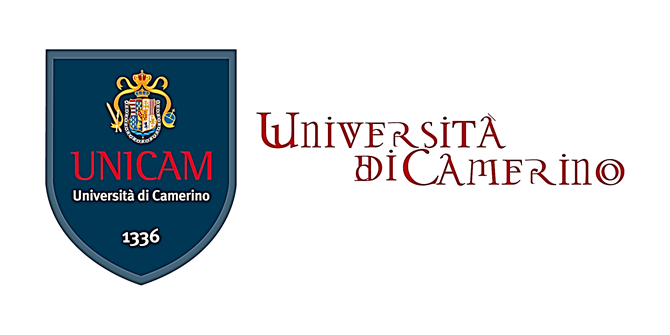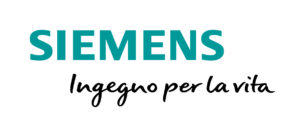


—
GEOLOGICAL MODELLING OF ABANDONED – HYDROCARBON PROSPECTS FOR GEOTHERMAL USE IN THE ADRIATIC SEA, ITALY
S. Cognigni1,2,3,, G. Pasquini1, R. Teloni1, E. Tondi1,2, T. Volatili1,2, M. Zambrano1,2, D. Bragato3, M. Corvini3, S. Trianni3
1 GeoMORE s.r.l., Geological Modeling for Risks and Resources Evaluation, Camerino, Italy
2 University of Camerino, School of Science and Technology – Geology Division, Camerino, Italy
3 Tecnoconsult Engineering Construction s.r.l., Fano, Italy
-XIV Convegno Nazionale GIT Geosciences and Information Technologies-

Collection and processing of geological and geophysical public data for a 3D geological and preophysical modelling of rocks in the Adriatic Sea : two neighbouring areas located in different geological settings aimed to develop two different approaches for geothermal reservoir characterisation.
GEOLOGICAL FRAMEWORK

1)From data collection and analysis to 3D geological model
-Geological and geophysical public data collection
-Georeferencing (QGIS)
-Seismic data filtering (Seismigraphix/OpendTect) and interpretation
-Well log digitalisation (WebPlotDigitizer) and analysis
-3D geological model (Petrel) through the definition of a velocity model
2)From 3D geological model to 3D petrophysical model
-Porosity and permeability assessment
-Facies analysis and comparison between existing data – siliciclastic reservoir
-DFN models – carbonate reservoir (Move)
-Petrophysical model (Petrel)
DATA COLLECTION

GEOREFERENCING

SEISMIC DATA FILTERING AND WELL LOG DIGITALISATION

3D STRATIGRAPHIC AND STRUCTURAL SURFACE

3D GRID

PROROSITY AND PERMEABILITY ASSESSMENT

1D TEMPERATURA ANALYSIS

CONCLUSIONS
This work highlights that
– the Adriatic Sea is characterised by different reservoir parameters and thermal conditions even in
relatively close areas
– In carbonate reservoir, temperature values are about 10°C higher than the siliciclastic reservoir
at similar depth
-The Scaglia Reservoir in carbonate area has been identified as the preferential reservoir, due to
its shallower depth and higher reservoir properties.
The adopted methodological approach
– is based on the collection and processing of geological and geophysical public data
– allows the 3D geological and petrophysical characterisation of different types of reservoirs
following different methodologies
– can be applied both to onshore and offshore areas located in similar geological settings
– allows the reduction of both times/costs of the exploration phase and environmental impact
– represents the starting point for the assessment of geothermal potential and its applications
– opens the discussion on the different strategies to use low-enthalpy geothermal resources in
offshore areas and on the geothermal conversion of existing hydrocarbon exploration wells













